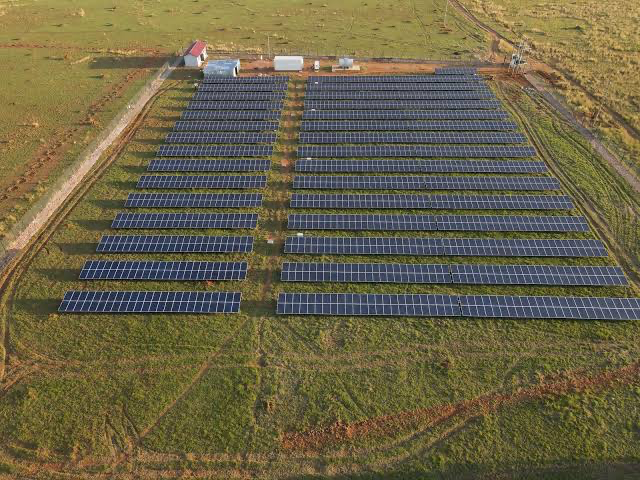With just six years remaining to achieve Sustainable Development Goal 7 (SDG7)—universal energy access—the challenge of electrifying sub-Saharan Africa is growing increasingly complex. Faced with rapid population growth, the aftermath of a global pandemic, unfavorable macroeconomic trends, and geopolitical uncertainties, the urgency to find effective solutions is more critical than ever. Engie Energy Access has recently contributed to this endeavor by publishing a white paper titled “Towards Universal Access to Energy: Enabling a Multi-Technology Approach in a Mini-Grid Environment.” This document proposes a strategic blueprint designed to guide the region towards achieving SDG7.
The white paper champions an impact-driven, integrated approach powered by multiple technologies. This strategy is pivotal in addressing the diverse energy needs of millions in sub-Saharan Africa who currently lack access to electricity. The core idea is to blend different suitable technologies to reduce the initial investments typically required for energy projects, making sustainable solutions more accessible and feasible.
Key Strategies for Electrification
Engie Energy Access outlines three primary electrification strategies in their white paper, each tailored to meet the specific conditions and needs of different regions:
- Grid Extension: This involves expanding the existing national electricity grids, particularly in urban or peri-urban areas that are close to existing infrastructure and have higher energy demands. Grid extensions are crucial for integrating a larger population into a reliable power supply system, thereby enhancing economic growth and stability.
- Mini-Grids: These small-scale, localized power networks can operate independently or in conjunction with the main grid. Mini-grids are especially suitable for remote areas where traditional grid extension is impractical or cost-prohibitive. They provide a scalable and flexible solution that can grow with the community’s needs.
- Standalone Systems: This category includes solar home systems and solar business systems, which are essential in areas with low population density or geographical constraints that make grid connections unfeasible. Standalone systems offer the advantages of low upfront costs, simplicity, and immediate impact in providing basic electricity services like lighting and charging.
Achieving SDG7 is a collaborative effort that requires the wisdom, resources, and commitment of various stakeholders, including industry leaders, policymakers, investors, and the communities themselves. The white paper emphasizes that no single entity can tackle the challenges alone. Therefore, fostering partnerships and engaging in open dialogue are fundamental steps towards devising and implementing effective solutions.
An essential element of the proposed approach is its emphasis on local empowerment and cost efficiency. By allowing developers the flexibility to innovate and tailor solutions to the unique needs of each community, the potential for impactful and sustainable energy access increases significantly. Moreover, leveraging various technologies not only enhances the reliability and performance of energy systems but also drives down costs through competitive and efficient practices.
As outlined by Engie Energy Access, the path to achieving universal energy access in sub-Saharan Africa involves a nuanced understanding of regional needs and the strategic application of technology. The white paper serves as a starting point for much-needed discussions and collaborative efforts aimed at turning the vision of SDG7 into a reality.
As a leading player in the energy sector, Engie Energy Access is positioning itself at the forefront of this transformative journey. Their initiative to publish such a comprehensive and forward-thinking document reflects a deep commitment to addressing one of the most pressing challenges of our time—energy poverty. The ongoing efforts and research by entities like Engie are crucial as sub-Saharan Africa strives not only to meet SDG7 but also to secure a sustainable and equitable energy future for all its inhabitants.
The push for universal energy access in sub-Saharan Africa is a monumental task that necessitates innovative, flexible, and collaborative approaches. By advocating for a multi-technology strategy in a mini-grid environment, Engie Energy Access provides valuable insights and frameworks that could significantly influence the region’s energy landscape. This initiative not only highlights the potential of integrated approaches but also underscores the importance of global and local cooperation in achieving sustainable development goals.
Source: ESI Africa



